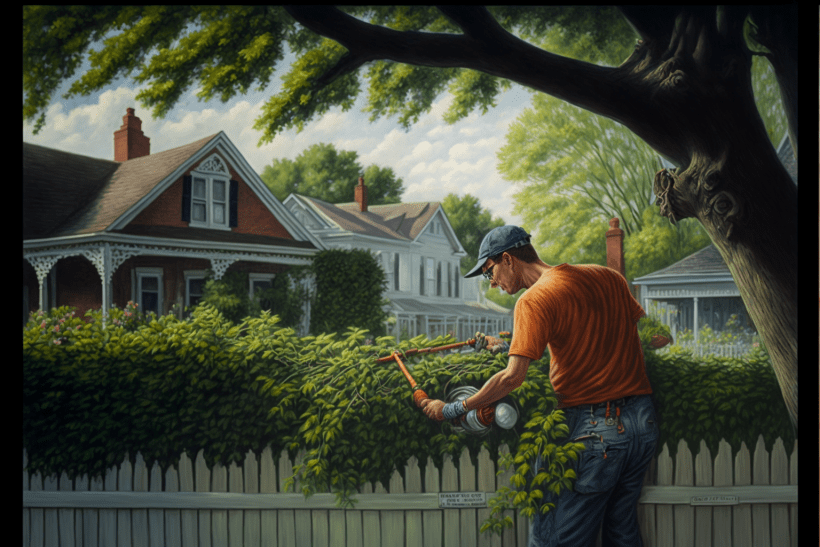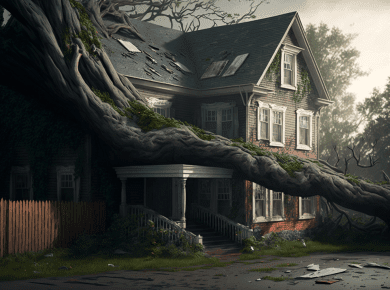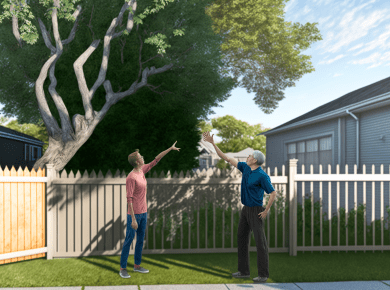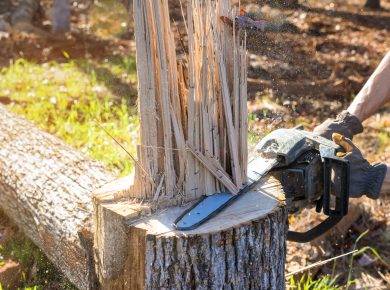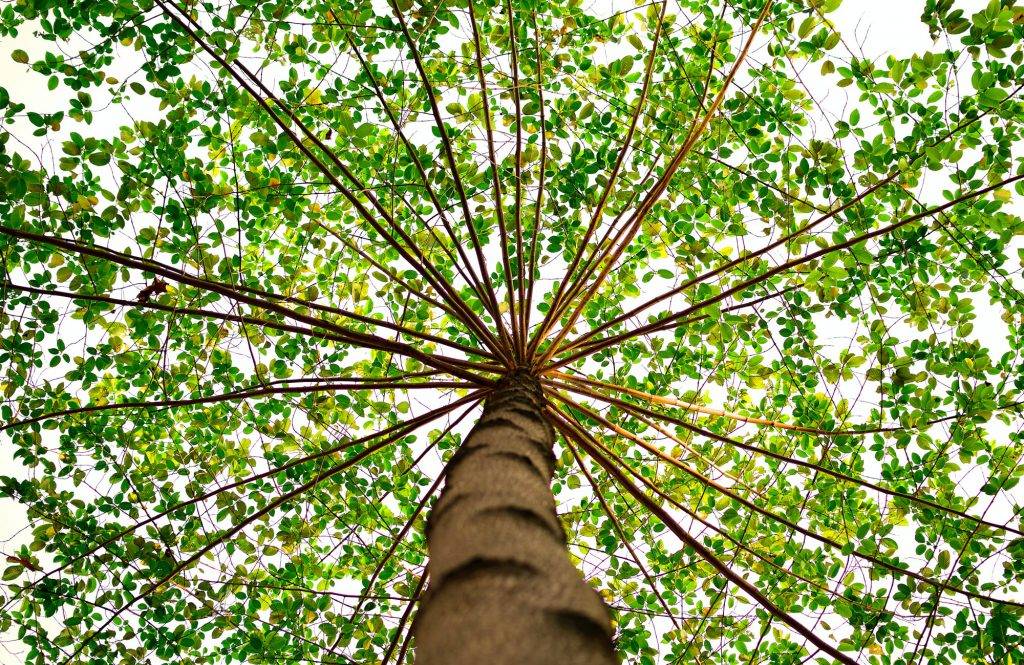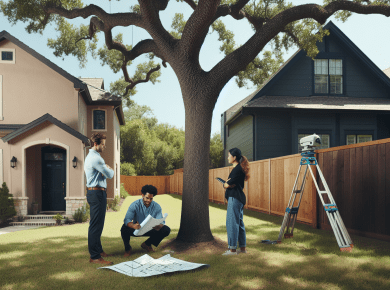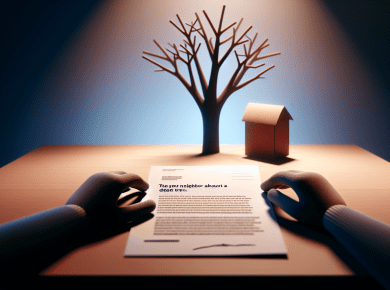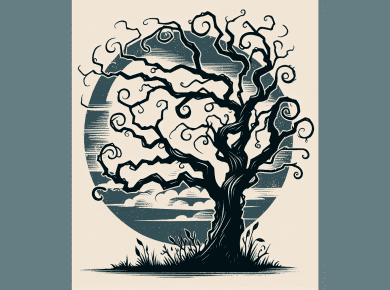Table of Contents
If you have a tree on your property with branches that are overhanging onto your neighbor’s property, you may be wondering who is responsible for cutting them back. The answer to this question depends on a variety of factors, including the laws and regulations in your area, the specific circumstances of the overhanging branches, and the relationship between you and your neighbor.
In this guide, we will provide a comprehensive overview of the issues surrounding overhanging tree branches and discuss the options available to you if you are dealing with this issue. We will also provide information on how you can connect with a lawyer in your area who practices in this issue.
Understanding the laws and regulations
The first step in addressing overhanging tree branches is to understand the laws and regulations that apply in your area. The laws regarding tree maintenance and tree cutting can vary depending on the state in which you live, so it is important to familiarize yourself with the specific rules that apply in your area.
In general, the owner of the tree is responsible for maintaining and trimming the branches on their own property. This means that if you have a tree with branches that are overhanging onto your neighbor’s property, it is generally your responsibility to trim those branches back. However, there are exceptions to this rule, and the specifics can vary depending on the state in which you live.
For example, in California, the owner of the tree is generally responsible for trimming branches that overhang onto their neighbor’s property. However, if the branches are causing a nuisance or a safety hazard, the neighbor has the right to request that the branches be trimmed. In this case, the owner of the tree must trim the branches within a reasonable amount of time. If the owner fails to do so, the neighbor can trim the branches themselves and bill the owner for the cost of the trimming.
In other states, the laws regarding overhanging tree branches may be more complex and may depend on the specific circumstances of the situation. For example, in New York, the owner of the tree is generally not responsible for trimming branches that overhang onto their neighbor’s property. However, if the branches are causing a nuisance or a safety hazard, the neighbor may have the right to request that the branches be trimmed. In this case, the owner of the tree may be required to trim the branches or may be able to seek a court order requiring the neighbor to trim the branches themselves.
Who is responsible for cutting tree branches that hang over a shared fence?
Overall, the responsibility for cutting overhanging tree branches depends on the location of the tree and any local ordinances or guidelines that may apply. By understanding who is responsible for tree maintenance in your area, you can take the necessary steps to ensure that your property and the surrounding area are safe and well-maintained.
When it comes to trees and their branches, it can be unclear who is responsible for their maintenance and upkeep. This is especially true when it comes to tree branches that hang over into a neighbor’s property or a public space. So, who is responsible for cutting overhanging tree branches?
In many cases, the property owner is responsible for maintaining the trees on their property. This includes pruning and trimming branches to ensure that they are safe and healthy. If a tree branch is hanging over into a neighbor’s yard or a public space, the property owner may be responsible for cutting it back.
However, there are a few exceptions to this rule. For example, if the tree is located on public property, such as a park or median, it is typically the responsibility of the government or municipality to maintain it. Similarly, if the tree is located on a shared property line, such as a fence, both property owners may be responsible for maintaining it.
In some cases, the responsibility for cutting overhanging tree branches may be determined by local ordinances or homeowner association rules. For instance, a homeowner association may have specific guidelines for tree maintenance that outline who is responsible for cutting branches that hang over into a neighbor’s yard.
If you are unsure who is responsible for cutting overhanging tree branches on your property, the best thing to do is to check with your local government or homeowner association. They should be able to provide you with information on who is responsible for maintaining trees in your area.
It is also a good idea to communicate with your neighbors if you have concerns about overhanging tree branches. Often, simply talking to your neighbor about the issue can help resolve it without the need for legal action. However, if your neighbor is unwilling to address the issue or you are unable to come to an agreement, you may need to seek the help of a mediator or an attorney.
Who pays for the removal of tree branches that hang over power lines?
When tree branches hang over power lines, it can create a serious safety hazard. But who is responsible for cutting these branches to prevent accidents or outages? Here’s what you need to know about who is responsible for cutting overhanging tree branches that pose a risk to power lines.
In most cases, the property owner is responsible for maintaining the trees on their property. This includes pruning and trimming branches to ensure that they are safe and healthy. If a tree branch is hanging over power lines, the property owner may be responsible for cutting it back.
However, power companies also have a responsibility to maintain the safety and reliability of their lines. This may include trimming trees that pose a risk to power lines. In some cases, the power company may request permission from the property owner to trim or remove the tree in question.
If you are unsure who is responsible for cutting overhanging tree branches that are near power lines, it is a good idea to contact both your local power company and the property owner. They should be able to provide you with information on who is responsible for maintaining the trees and power lines in your area.
It is important to note that cutting tree branches near power lines can be extremely dangerous and should only be done by trained professionals. If you are concerned about overhanging tree branches near power lines, it is best to contact a professional tree care service or the power company for assistance.
Resolving the issue
If you are dealing with overhanging tree branches and are unsure of your rights or responsibilities, there are a few steps you can take to try to resolve the issue.
Communicate with your neighbor
The first step is to try to communicate with your neighbor and see if you can come to an agreement about the overhanging branches. It is important to approach the situation in a calm and professional manner and to try to find a solution that works for both parties. If you are able to come to an agreement, it is a good idea to put the agreement in writing to avoid any misunderstandings.
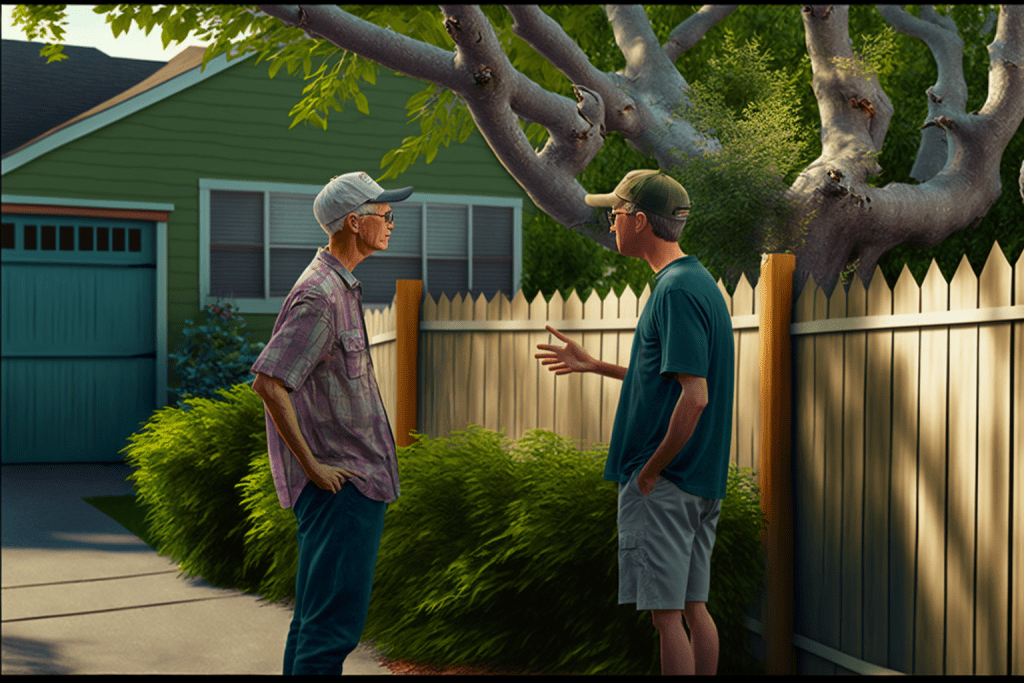
Check with local authorities or homeowners’ association
If you are unable to come to an agreement with your neighbor, you may want to check with your local authorities or homeowners’ association to see if they have any rules or regulations regarding overhanging tree branches. They may be able to provide you with guidance on the specific steps you can take to resolve the issue.
Who is responsible for cutting overhanging tree branches in my state?
All US states do not have the same law regarding who is responsible for cutting overhanging tree branches. The laws governing tree maintenance and trimming can vary from state to state.
- In Alabama, California, and Arkansas, state law requires the owner of the tree to trim any branches that overhang onto their neighbor’s property, unless the branches are causing a nuisance or safety hazard. In this case, the neighbor has the right to request that the branches be trimmed.
- In Alaska, Arizona, Colorado, Connecticut, Delaware, Florida, Georgia, Hawaii, Idaho, Illinois, Indiana, Iowa, Kansas, Kentucky, Louisiana, Maine, Maryland, Massachusetts, Michigan, Minnesota, Mississippi, Missouri, Montana, Nebraska, Nevada, New Hampshire, New Jersey, New Mexico, New York, North Carolina, North Dakota, Ohio, Oklahoma, Oregon, Pennsylvania, Rhode Island, South Carolina, South Dakota, Tennessee, Texas, Utah, Vermont, Virginia, Washington, West Virginia, Wisconsin, and Wyoming, it is generally the tree owner’s responsibility to maintain and trim their own branches unless the branches are causing a nuisance or safety hazard. In this case, the neighbor has the right to request that the branches be trimmed.
Overall, the majority of states follow the principle that the tree owner is responsible for maintaining and trimming their own branches unless the branches are causing a nuisance or safety hazard.
In this case, the neighbor has the right to request that the branches be trimmed. There are a few exceptions, such as in Alabama, California, and Arkansas, where the tree owner is required to trim any branches that overhang onto their neighbor’s property unless the branches are causing a nuisance or safety hazard.
Final thoughts
If you are dealing with overhanging tree branches and are unsure of your rights or responsibilities, it is important to understand the laws and regulations that apply in your area.
Communication and negotiation are often the best ways to resolve these types of issues, but if these methods are unsuccessful, you may need to consider taking legal action.
